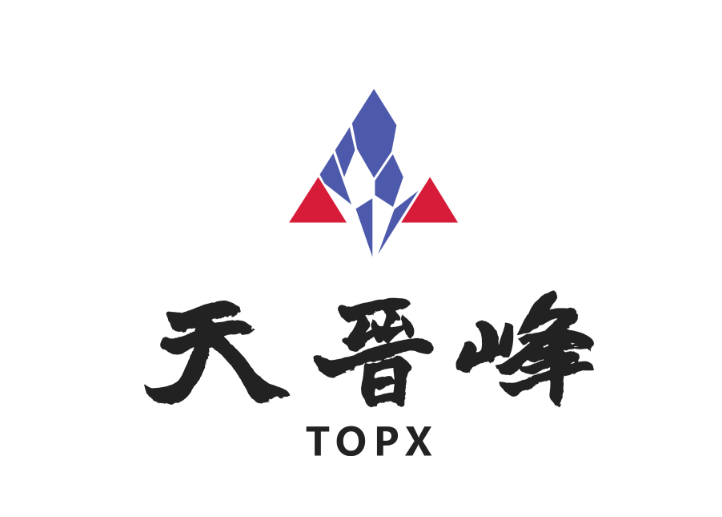Hong Kong and US listing planning and solutions

What is IPO, the importance and benefits of IPO. IPO means allowing the company's securities to be traded on a stock exchange and raise funds. The main goal of IPO is to provide liquidity and marketability and to trade freely on a stock exchange.
Benefits of going public
Unique advertising value:
When a company goes public, the name of the company will be heard by the public through print, electronic media as a new IPO. It brings a kind of publicity to the company. If the founders are of high reputation and value, then the company will surely permeate among the stakeholders of the stock market. It helps the company to gain media importance and widespread recognition.
Foreign investment access:
Going public shows that the company is ready to comply with the rules and regulations imposed by the stock exchange, which encourages institutional investors, especially foreign investors. This makes the company attract attention across the region.
Flexible Fundraising:
Companies can raise funds from the public when needed. There is a significant difference in the demand for securities of listed and unlisted companies. Going public adds value to a company, which may help it raise further funds.
Liquidity:
Listing makes the company's securities highly liquid and can be traded freely on the stock exchange without any trading barriers.
Added value:
Now, banks and financial institutions consider listed securities as collateral for any loan. Therefore, there is no need to look for alternative collateral such as gold, land documents, property documents, etc.
Listing in the United States may have created an unexpected opportunity for some companies that cannot meet the requirements of the Hong Kong Stock Exchange. In recent years, the US stock market has been very popular because investors in Hong Kong, China, Taiwan, Japan, the United States and even the world are attracted by the high market value and trading volume of US stocks. In fact, it is not difficult to list in the United States. How should companies plan and deploy?
The following is a summary of the U.S. and Hong Kong listing and registration requirements that apply to companies listed on NASDAQ, NYSE or HKEX, as well as the ongoing obligations that apply to companies listed on these exchanges.
|
|
America |
香港 |
|
Listing requirements: |
NASDAQ Small Cap Market: Small capitalization companies that meet one of the following criteria can be listed on the NASDAQ Small Cap Market: $4 million in net tangible assets, $50 million in market capitalization, or $750,000 in net income for the most recent one or two of the past three fiscal years. New York Stock Exchange (NYSE) Distribution and Size Criteria: To trade on the NYSE, a company must meet certain requirements regarding the number of shareholders and must have a public stock market value of $100 million or a $60 million IPO market value. Financial Criteria: The company must have pre-tax profits of $4.5 million in the most recent year or pre-tax income of $6.5 million in the last three years, total operating cash flow of $25 million in the last three years or revenue of $250 million in the most recent year. Other factors are also taken into account, and the NYSE has broad discretion in listing companies. |
The Hong Kong Stock Exchange (HKEx) published a consultation conclusion in May 2021 to increase the profit requirements for Main Board IPOs, the first increase in the past 26 years. The increase in profit requirements was made despite the current economic uncertainty as the main reason for this change is to combat market misconduct that has emerged since the last increase in market capitalisation requirements in 2018. The new rules will take effect on January 1, 2022. |
|
Product Structure: |
Form F-1 registration statement filed with the U.S. Securities and Exchange Commission (“SEC”) and a DR listed on the New York Stock Exchange (“NYSE”) or The Nasdaq Stock Exchange (“Nasdaq”) |
The offering is carried out by way of prospectus and listing of ordinary shares on the Main Board of The Stock Exchange of Hong Kong Limited (“HKEx”) |
|
Basic Documentation: |
Prospectus Registration statement filed with the SEC (Form F-1) Listing agreement Underwriting agreement (including selling stockholder representations, indemnities and lock-ups) Lock-up letters from other stockholders (if required by the underwriters) Comfort letter Legal opinion Depository agent and related registration statement for the DR plan (Form F-6) |
Advance booking form (Form A1) Prospectus Underwriting agreement (including representations, indemnities and lock-ups of selling shareholders) Lock-up undertaking of controlling shareholder2 Comfort letter Legal opinion Written submissions of any proposed connected transactions after listing and waiver application (if any) Receiving bank agreement (agreement with receiving banks for the retail tranche) Registrar agreement Advisory agreement |
|
Sponsorship: |
Nothing |
A sponsor who is independent of the listing applicant must be appointed at least two months before the date of submission of Form A1 and until the date of listing. Its role includes submitting the formal listing application (and all supporting documents) on behalf of the applicant and negotiating with the Hong Kong Stock Exchange on all matters related to the application; the sponsor must be satisfied that the applicant is suitable for listing, that the information contained in the prospectus is complete and accurate in all material respects, and that the directors of the applicant will be able to perform their obligations under the Listing Rules after listing. |
|
Specific prospectus disclosure requirements: |
Specific Prospectus Disclosure Requirements: “A company’s specific disclosure obligations in its prospectus are subject to the requirements set forth in its registration statement on Form F-1, which contains many of the requirements of a Form 20-F. |
“The Company's specific disclosure obligations in the Prospectus are subject to the Hong Kong Listing Rules, in particular Part A of Appendix 1. General information about the Company, its advisers and the Prospectus Information about the securities for which listing is sought and the terms and conditions of their issue and distribution Information about the Company’s authorised and issued share capital General information about the activities of the corporate group to which the Company belongs Commentary on the Group’s liquidity, financial resources and capital structure Information about general business trends Financial information about the Group and its prospects3 Information on the Company’s management Use of proceeds from the public offer Material contracts and inspection documents Interests and short positions of the Directors and Chief Executive of the Company in the shares, underlying shares and debentures of the Company or any associated corporation, as required under the Securities and Futures Ordinance (“SFO”) The interests and short positions of persons (other than directors or chief executives of the Company) in the Company’s depositary certificates and underlying shares which are required to be disclosed to the Company and the Stock Exchange under the SFO Valuation reports on the Company’s interests in real property, subject to certain book value thresholds Information on the Company’s pension plans |
